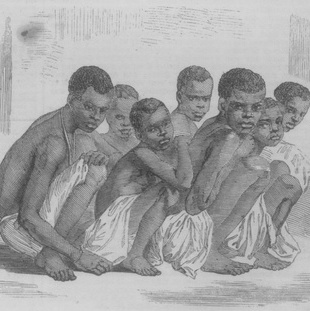 A team of scholars from the University of California have recently expanded and redesigned Slave Voyages, one of the most utilized resources in the digital humanities. The website houses detailed information on the slave trade from the 16th century to the 19th century The research team updated the site by adding 11,400 records on slave voyages within the Americas.
A team of scholars from the University of California have recently expanded and redesigned Slave Voyages, one of the most utilized resources in the digital humanities. The website houses detailed information on the slave trade from the 16th century to the 19th century The research team updated the site by adding 11,400 records on slave voyages within the Americas.
The project was initially funded by a grant from the National Endowment for the Humanities in 2016. The goal was to broaden the scope of Slave Voyages to promote scholarly and public awareness of how the traffic of enslaved Africans and their descendants shaped several regions of North, Central, and South America.
“This project encouraged me to contact scholars who study the slave trade in Colombia, Panama, Venezuela, Cuba and Puerto Rico,” said Dr. Alex Borucki, an associate professor of history at the University of California, Irvine, who co-led the project. “This is truly a collective endeavor involving scholars from Latin America, Europe and the United States, and the number of database entries will continue to increase as additional researchers and the public contribute.”
Dr. Borucki gathered the new information for Slave Voyages from his own research, including various journal articles, his book From Shipmates to Soldiers: Emerging Black Identities in the Rio de la Plata (University of New Mexico Press, 2015), and his upcoming book, Slaves, Silver & Atlantic Empires: The Slave Trade to Spanish South America, 1680-1810. In addition to an expanded database of information, the website also includes new features such as videos, maps, and 3-D animation.
“I hope the new intra-American Slave Voyages database inspires more educational institutions to focus on the interconnectedness of slave trading across Atlantic empires,” Dr. Borucki said, “given that the website now offers full translations in Spanish and Portuguese that will increase usage in the United States, Latin America, Europe and Africa.”












Wonderful database